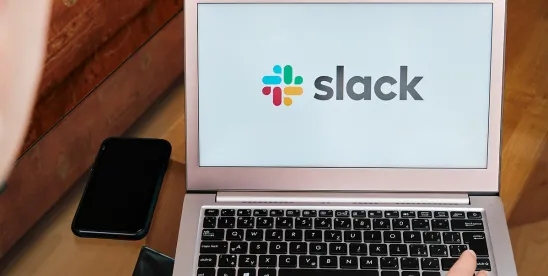Recent legal and eDiscovery news has focused on “Slack.” And yet, despite the increasing publicity Slack has received, some remain unfamiliar with Slack – the leading channel-based messaging platform. Therefore, today’s post is meant to introduce readers to Slack and offer insights into preserving Slack data.
What is Slack?
At its most basic level, Slack is a company-wide chatroom. Slack (which stands for Searchable Log of All Communication and Knowledge) is a collaborative workspace designed to streamline real-time communications between business teams. For many companies, Slack is replacing traditional, lengthy email communications. Indeed, online searches suggest a 49% decrease in email use at companies once Slack is implemented.
At a more granular level, Slack environments, called “Workspaces,” allow users to create public or private channels for ongoing group discussions. Public channels are open to all members within the workspace, whereas private channels are invite-only and dedicated to specific working groups. For example, a channel titled “Litigation X” may be limited to members of the Litigation X team, whereas a channel titled “Litigation” may be accessible to all litigators within a law firm. There are also private messaging features available for one-off interactions. And the data in Slack is not limited to messages between Slack users. Rather, Slack amalgamates into a central hub data from hundreds of sources, including more than 1,000 connected applications. Therefore, the amount of data in Slack is potentially massive.
Within a workspace, there are various permission levels: owners (who may delete and transfer workspaces), admins (who can invite/delete members and moderate the channel), members (who can access and create content), and guests (who lack full access to public channels and may have limited access to channels relevant to them).
Challenges of Slack
While Slack is lauded for creating a hub for the sharing of information and allowing collaboration among teams, the interactive program presents challenges for collecting and searching data when needed. Consider that communications in Slack take place in public channels, private channels (where only invited participants know what is communicated), and one-to-one messaging; that each of those records is editable; and that users can create and delete channels, edit messages, pin messages, react to messages, add/remove/modify files and integrations. Additionally, Slack has customizable retention policies. While the default retention setting retains indefinitely all messages and files for the workspace, retention options are readily customizable. If a workspace sets a 30-day message retention policy, all messages and files older than 30 days will be deleted permanently. Against this backdrop, spoliation concerns are real. If a relevant data source is identified as Slack, legal teams must understand Slack, the user privileges, and retention policies within each workspace relevant to the litigation to minimize any risk of spoliation.[1]
[1] Attorneys should also understand that only certain versions (i.e., Enterprise Grid) of Slack offer legal hold functionality and even then, identifying a custodian (depending on user privileges and who has access to what data) may be a challenge. Finally, it is advisable to partner with a vendor because it is not possible to search or analyze data in Slack. Rather, the data must be exported to be assessed, and exports are in JavaScript format only – making the data indecipherable until decoded.



 />i
/>i

